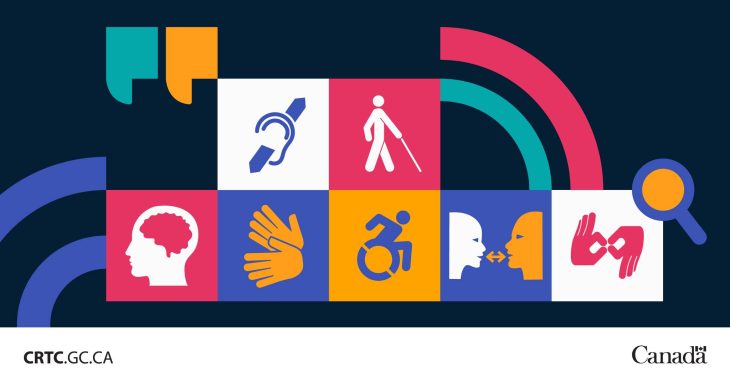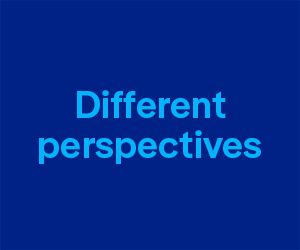
Consultation triggered by Feb. 2024 complaint
By Ahmad Hathout
The CRTC has launched a consultation Thursday to see whether it should force certain — and a broader base of — broadcasters to better facilitate accessibility of their services.
“The CRTC has heard that some content is hard to access for persons who are blind or partially sighted, and is working to identify, remove and prevent these barriers,” the CRTC said in a press release Thursday.
The key amendment the regulator is proposing is the removal of a qualifier under section 7.3 of the Broadcasting Distribution Regulations, which stipulates that broadcasters must make available “equipment, software or other technology” that will “allow any individual who is blind, visually impaired or who has fine motor skills disabilities to identify and have access to its programming services – including programs with described video – if that equipment, software or other technology is available for purchase by the licensee and is compatible with its distribution system.” (Emphasis is Cartt’s.)
Among other slight changes, including removing “visually impaired,” the commission is asking the public for comment on whether it should remove the part that comes after “if,” meaning the broadcasters would need to make available those technologies regardless of purchase availability or compatibility.
The CRTC said in the consultation document that it understands that this may be difficult for smaller operators and is asking what “specific impacts, challenges or opportunities may result” from deleting the qualifier.
“The Commission acknowledges that the amended requirement could present challenges to licensees that have not yet fully removed barriers to accessibility,” the commission said Thursday. “Therefore, to give licensees time to come into compliance without needing to request a short-term exception, the Commission will, in the interest of administrative efficiency, consider whether the amended requirement should come into effect within one year of the publication of this notice.”
For online undertakings, the CRTC is contemplating limiting the applicability of such an order to those making $10 million or more in annual revenue — the CRTC’s reporting requirements for online streamers — and is asking if it should set different thresholds on which online broadcasters have to adhere.
For exempt terrestrial broadcasters – defined as those serving fewer than 20,000 subscribers – the CRTC wants to know whether it should require those with more than 2,000 subscribers to make available to their subscribers the equipment, software or other technology that allows Canadians with disabilities to identify and have access to its programming services by no later than October 16, 2026. It also wants to know whether it should require the same for broadcasters with less than 2,000 subscribers that are affiliated with a broadcaster with more than that number of subscribers.
The CRTC is broadly soliciting comments, due December 15, on the impacts challenges, opportunities and what other thresholds it should set for broadcasters when it comes to implementing this proposed order.
“Canadians should be able to find and enjoy the content that matters to them,” CRTC Chair Vicky Eatrides said in a press release. “That is why we are launching a public consultation to help ensure that content is accessible to everyone.”
Originating complaint
The impetus for this consultation emerged from an application filed in February 2024 by David Lepofsky, a blind advocate, who complained that a set-top box provided by Bell Media didn’t have accessibility features.
Lepofsky, who tried to resolve the issue with Bell and filed a complaint to the Canadian Human Rights Commission, claimed that he wasn’t made aware that – as Bell was working on an accessible STB – the media giant had an interim solution in the form of an Apple TV 4K device, which has a built-in screen reader. Bell claimed Lepofsky told the company that he had already purchased the Apple device before it launched its own Apple TV offer in September 2022.
The CRTC found Thursday that Bell did not breach its obligations under section 7.3 of the regulations because of its accessibility offerings. However, the commission said Thursday that it “considers the accessible set-top boxes to be a more accessible solution than the other interim measures Bell has introduced. Furthermore, in the Commission’s view, Bell has not provided compelling evidence that it cannot expedite the rollout, or that it has effectively communicated its Apple TV 4K offer to all customers who could potentially benefit from it.”
Bell is now ordered to report to the CRTC twice yearly – on June 1 and November 30 – about the status of the accessible STB rollout, and the number and type of devices provided as an interim solution.
Photo via CRTC



